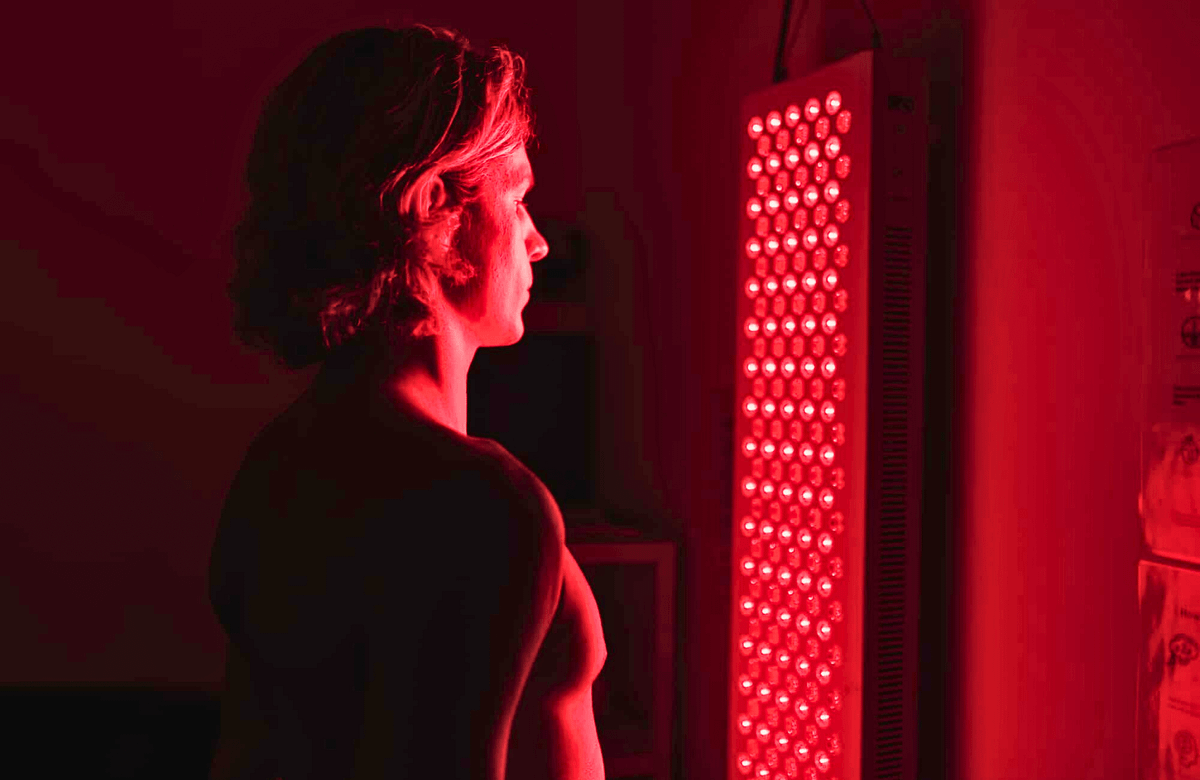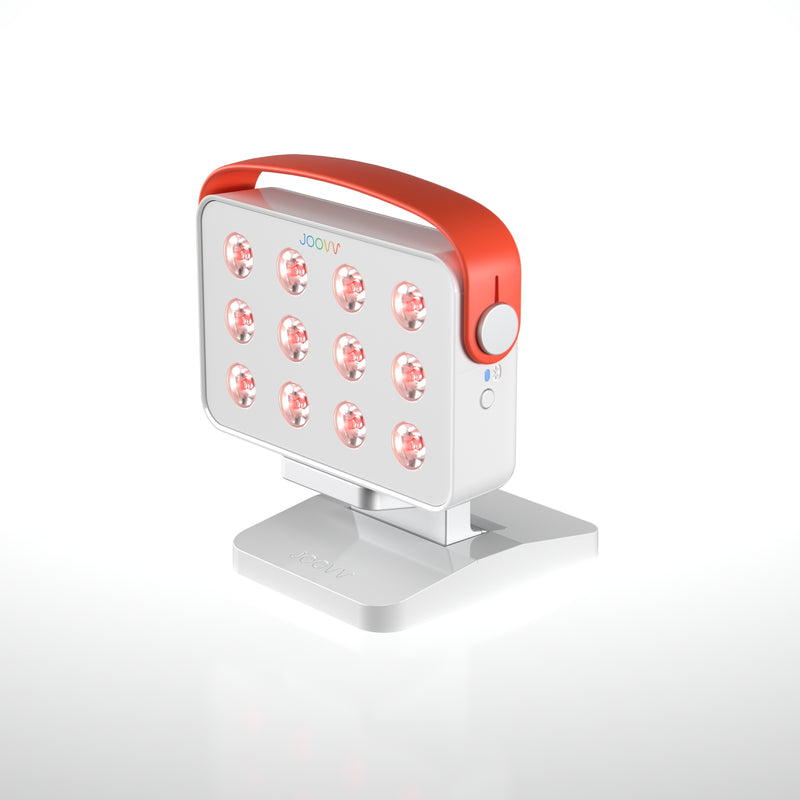Thorough Insights into PBM Therapy for Discomfort Administration
Wiki Article
Opening the Potential of Photobiomodulation: A Promising Approach for Therapeutic Treatment
Are you interested about the capacity of photobiomodulation for healing intervention? Imagine a situation where an individual struggling with persistent discomfort locates alleviation through a non-invasive treatment that utilizes light. This is exactly what photobiomodulation offers. It is an appealing strategy that uses the power of light to stimulate recovery and lower inflammation in different medical problems. By targeting particular cellular procedures, photobiomodulation has actually revealed possible in increasing injury recovery, reducing discomfort, and promoting tissue regeneration. In this introduction, we will explore the mechanisms of action, applications in medicine, and the present proof sustaining the effectiveness of photobiomodulation. In addition, we will certainly discuss future instructions and possible challenges in unlocking its complete capacity as a healing intervention.Recognizing Photobiomodulation
To understand photobiomodulation, you need to realize the principle of exactly how light therapy can straight impact mobile procedures in your body. Photobiomodulation, likewise known as low-level light treatment, is a non-invasive therapy that uses specific wavelengths of light to boost biochemical reactions in your cells. When exposed to these light wavelengths, your cells take in the energy and convert it into mobile energy, called adenosine triphosphate (ATP) This boost in ATP production brings about a waterfall of mobile reactions, consisting of improved metabolic process, improved blood circulation, and enhanced manufacturing of collagen and other healthy proteins.The healing effects of photobiomodulation are significant and have been researched extensively in various medical areas. It has actually shown appealing lead to promoting cells repair service and regeneration, reducing swelling, eliminating pain, and improving injury healing. Additionally, photobiomodulation has actually been found to have a favorable influence on neurological conditions, such as distressing mind injury and stroke, by stimulating neural activity and advertising neuroplasticity.
Unlike various other treatments, photobiomodulation does not cause or produce any heat cells damages. It is crucial to note that photobiomodulation ought to be administered by trained specialists or according to the producer's directions to guarantee optimal outcomes and security.

Devices of Action
In understanding the devices of action, you will uncover exactly how photobiomodulation directly affects cellular procedures through details biochemical responses. When light is applied to the body, it is soaked up by chromophores, such as cytochrome c oxidase and flavins, which are present in the mitochondria. This absorption leads to a waterfall of events that inevitably lead to mobile modifications.Among the key devices of action is the excitement of ATP production. Photobiomodulation enhances the activity of cytochrome c oxidase, a crucial enzyme in the mitochondria that is involved in the electron transport chain. This raised task leads to the production of even more ATP, the primary power currency of the cell. Therefore, cellular metabolism is enhanced, promoting tissue repair and regeneration.
Moreover, photobiomodulation has been revealed to regulate cellular signaling pathways. It triggers numerous growth aspects and signaling molecules, such as nitric oxide and responsive oxygen varieties, which play important functions in procedures like inflammation, cell, and angiogenesis spreading. These signaling paths add to the restorative results of photobiomodulation, advertising cells healing and lowering discomfort and swelling.
Applications in Medication
Check out the wide-ranging applications of photobiomodulation in medicine. Photobiomodulation, also understood as low-level light treatment, is a non-invasive therapy that uses light to stimulate cellular procedures and promote healing. In medication, this method has actually revealed encouraging results across various areas.Among the key applications of photobiomodulation is in discomfort administration. photobiomodulation. It has been used to reduce both acute and chronic discomfort, including bone and joint conditions, neuropathic pain, and post-operative pain. By targeting the damaged location with certain wavelengths of light, photobiomodulation can reduce inflammation, promote tissue repair, and offer relief
In addition, photobiomodulation has actually shown possible in injury healing. It can increase the healing procedure by enhancing cell proliferation, advertising angiogenesis, and lowering scar tissue development. This has substantial effects in the treatment of chronic injuries, such as diabetic abscess and stress sores.
In dermatology, photobiomodulation has been made use of for its regenerative and anti-inflammatory results. It can boost the appearance of marks, decrease acne sores, and stimulate hair development in problems like androgenetic alopecia.
In addition, photobiomodulation has shown promise in neurorehabilitation. It can improve cognitive feature, improve motor recuperation, and help in the therapy of neurodegenerative diseases like Alzheimer's and Parkinson's.
Professional Evidence and Research Searchings For

In the field of musculoskeletal conditions, photobiomodulation has actually been located to decrease pain and inflammation, enhance variety of motion, and speed up cells fixing. Research studies have demonstrated its efficacy in treating problems such as osteo arthritis, tendinopathies, and muscular tissue stress. Additionally, photobiomodulation has actually shown positive impacts on injury healing by promoting collagen fibroblast, synthesis, and angiogenesis expansion. This makes it an pbm therapy useful device in the administration of persistent wounds, diabetic ulcers, and surgical lacerations.
Additionally, research study has shown that photobiomodulation can have neuroprotective and neuroregenerative effects. It has actually been found to enhance cognitive function, minimize neuroinflammation, and boost neuronal survival and synaptic plasticity. This has crucial ramifications for the therapy of neurological conditions such as Alzheimer's condition, Parkinson's disease, and stroke.
Future Instructions and Possible Obstacles
Moving on, it is necessary to think about the future directions and prospective challenges bordering making use of photobiomodulation as a restorative intervention. One essential future direction is the exploration and optimization of application parameters. Currently, there is no agreement on the optimum wavelength, intensity, period, and frequency of photobiomodulation treatment. More research is required to comprehend the dose-response relationship and develop evidence-based standards for scientific practice.An additional crucial future direction is the growth of cost-efficient and portable photobiomodulation gadgets. While existing gadgets work, they are commonly large, expensive, and call for specialist supervision - pbm therapy. The development of cost effective and user-friendly gadgets would considerably boost accessibility to this therapy, enabling even more individuals to take advantage of its prospective restorative impacts
Furthermore, future study needs to focus on illuminating the systems underlying photobiomodulation. In spite of its growing popularity, the exact mechanisms whereby photobiomodulation exerts its therapeutic results are not totally comprehended. Comprehending these mechanisms would certainly not only improve our expertise of the treatment yet also aid in the advancement of even more targeted and effective interventions.
Nevertheless, there are also possible difficulties that require to be attended to. photobiomodulation. These consist of the requirement for standard methods, the requirement for properly designed clinical trials with bigger sample sizes, and the demand for long-term follow-up studies. Regulative and safety and security considerations must be taken into account to ensure the effective and secure use of photobiomodulation in professional method.
Final Thought
To conclude, photobiomodulation holds wonderful assurance as a healing treatment in medication. Its mechanisms of activity and medical evidence recommend its prospective for dealing with different conditions. Nonetheless, more research is required to fully comprehend its benefits and deal with any type of potential challenges. With ongoing research studies and innovations in this field, photobiomodulation has the prospective to unlock new opportunities for improving person outcomes.Are you curious concerning the potential of photobiomodulation for restorative treatment? By targeting details mobile processes, photobiomodulation has actually revealed possible in accelerating wound healing, decreasing discomfort, and advertising cells regrowth.Furthermore, photobiomodulation has actually revealed prospective in injury healing.Relocating ahead, it is crucial to take into consideration the future instructions and potential challenges bordering the usage of photobiomodulation as a healing treatment. With recurring researches and improvements in this area, photobiomodulation has the prospective to open brand-new possibilities for improving client outcomes.
Report this wiki page